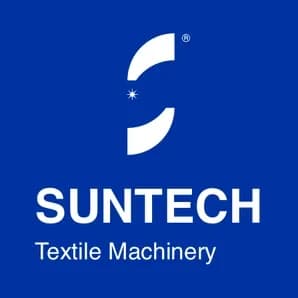In apparel production, the delivery cycle length not only impacts customer satisfaction but also directly impacts a company's competitiveness. However, when accelerating production, many factories often focus solely on back-end processes like cutting and sewing, overlooking a hidden efficiency bottleneck: fabric relaxation.
Why Does Fabric Relaxation Affect Delivery Cycle Time?
During the weaving, dyeing, finishing, and transportation processes, fabrics experience varying degrees of stretching, curling, and tension. If fabrics are not adequately relaxed before entering the cutting stage, they are prone to shrinkage, deformation, or curling during washing or wearing, leading to rework, returns, and even damage to brand reputation.
Once these quality issues occur during production, they not only require additional time and materials to repair but can also delay the delivery of the entire order. In other words, if fabric relaxation is not properly performed, production speeds will be limited, and production may also require backtracking.
Advantages of Automated Fabric Relaxing Machines
Modern automated fabric relaxing machines utilize mechanical stretching, constant temperature and humidity control, and precise tension control to ensure that fabric reaches its natural state before cutting, significantly reducing subsequent dimensional deviations. Its main advantages are:
Controllable Time: Compared to traditional natural hanging relaxation, which requires long wait times, automatic relaxation machines can complete the process within hours.
Stable Quality: The tension and flatness of each batch of fabric are consistent, reducing errors caused by manual judgment.
Labor Savings: Automated operation reduces the labor required for frequent fabric turning and handling.
Continuous Production: Directly connects to the fabric inspection machine and cutting table, enabling assembly line operation.
Key to Accelerating Production from the Fabric Relaxation Stage
Proactive Process Planning: Aligning the relaxation machine with the cycle time of the preceding and following processes avoids waiting and backlogs.
Setting Parameters Based on Fabric Characteristics: Fabrics of different compositions, weaves, and weights require different relaxation times and environmental conditions.
Data-Based Management: Recording the relaxation parameters and results of each batch of fabric creates a standardized production process, reducing trial and error.
Conclusion
Machines or working overtime; it's about eliminating potential delays at every stage of production. As a key piece of equipment before cutting, the fabric relaxation machine reduces rework and streamlines the production process. If you want to deliver your orders faster and more steadily, starting from the fabric relaxation stage is the wisest acceleration strategy.







